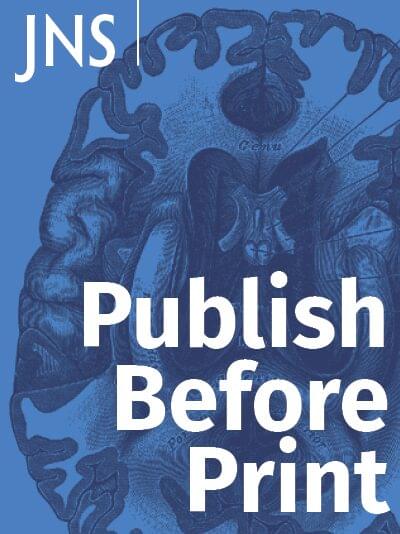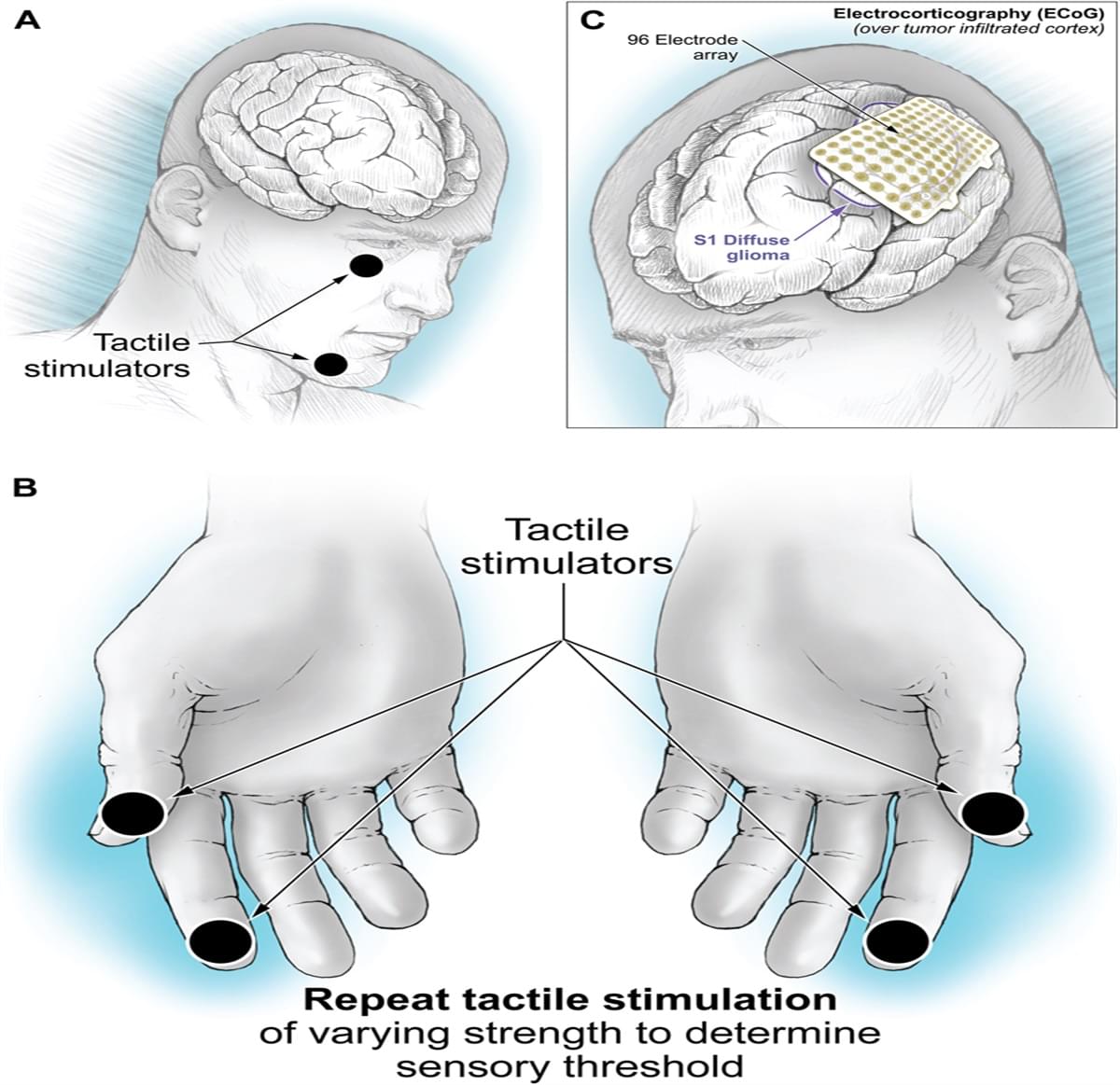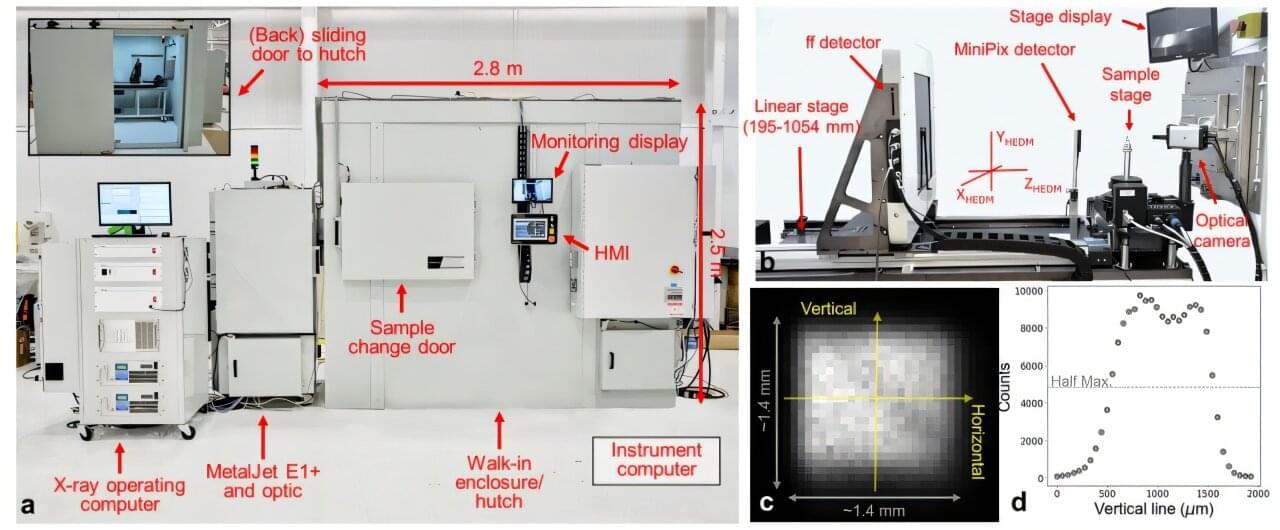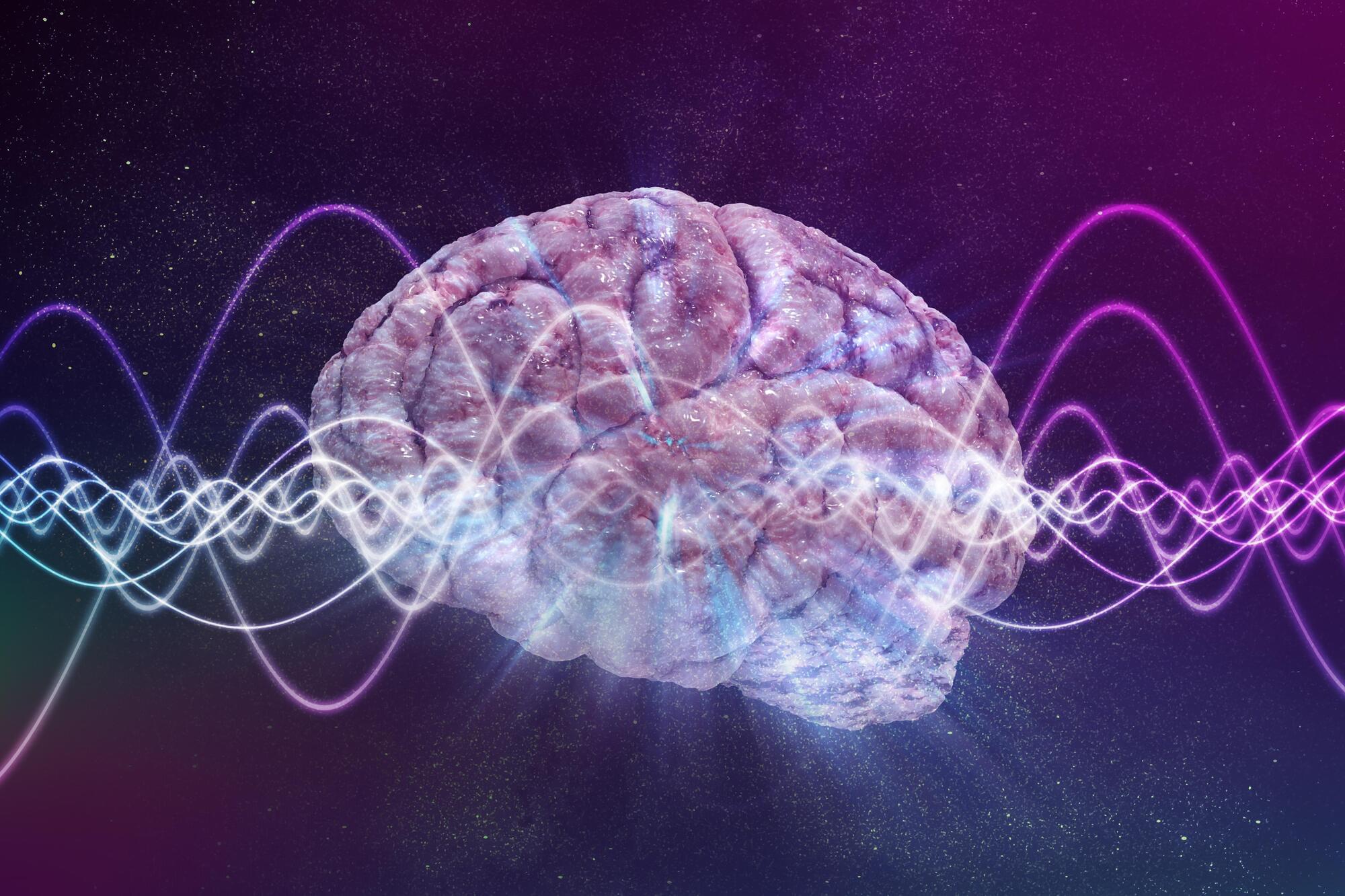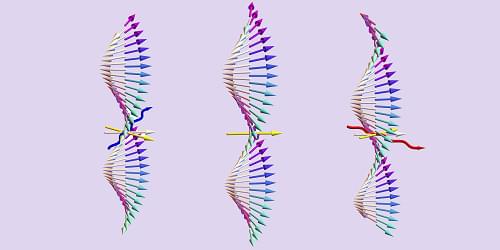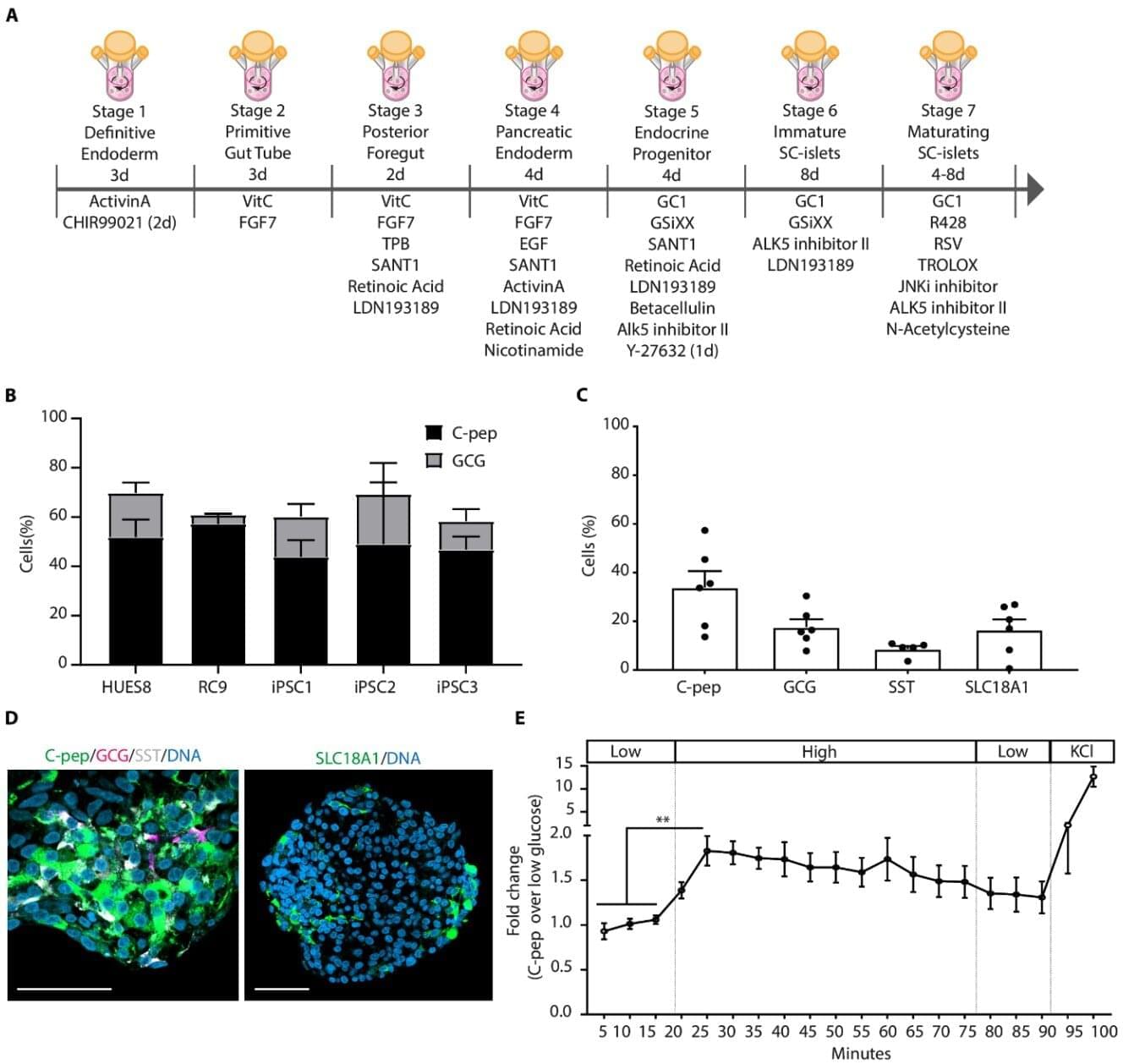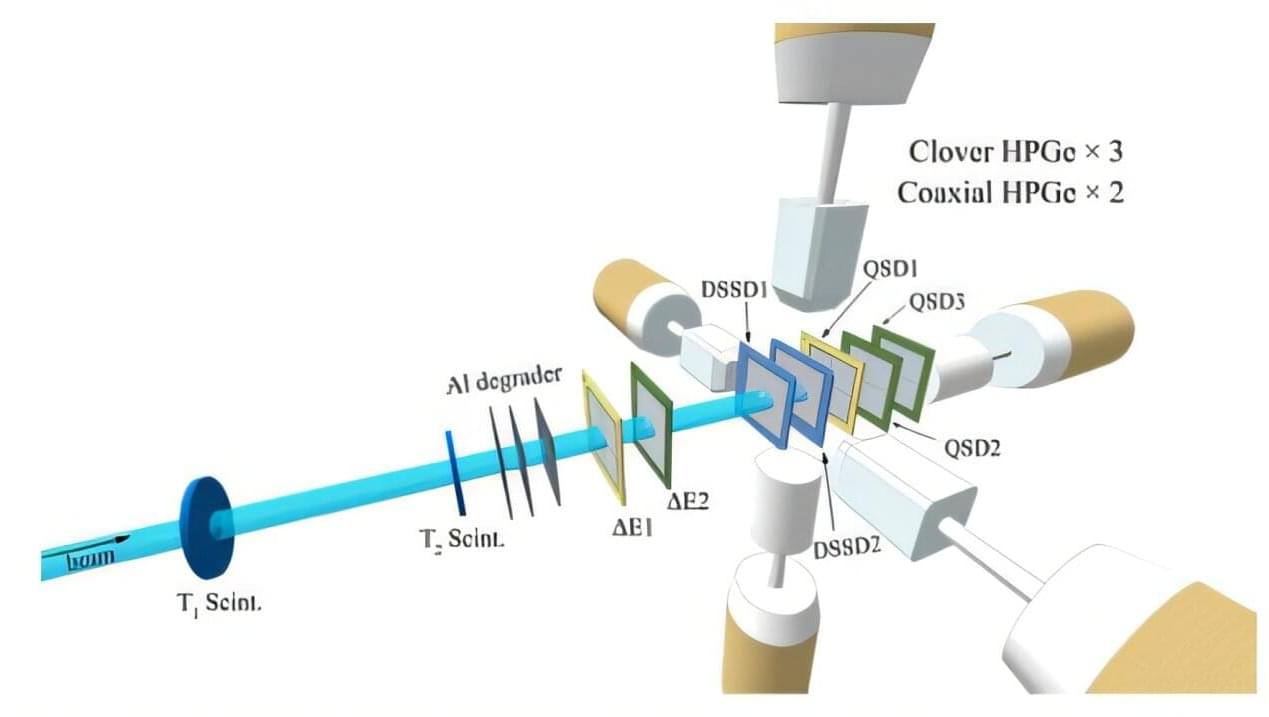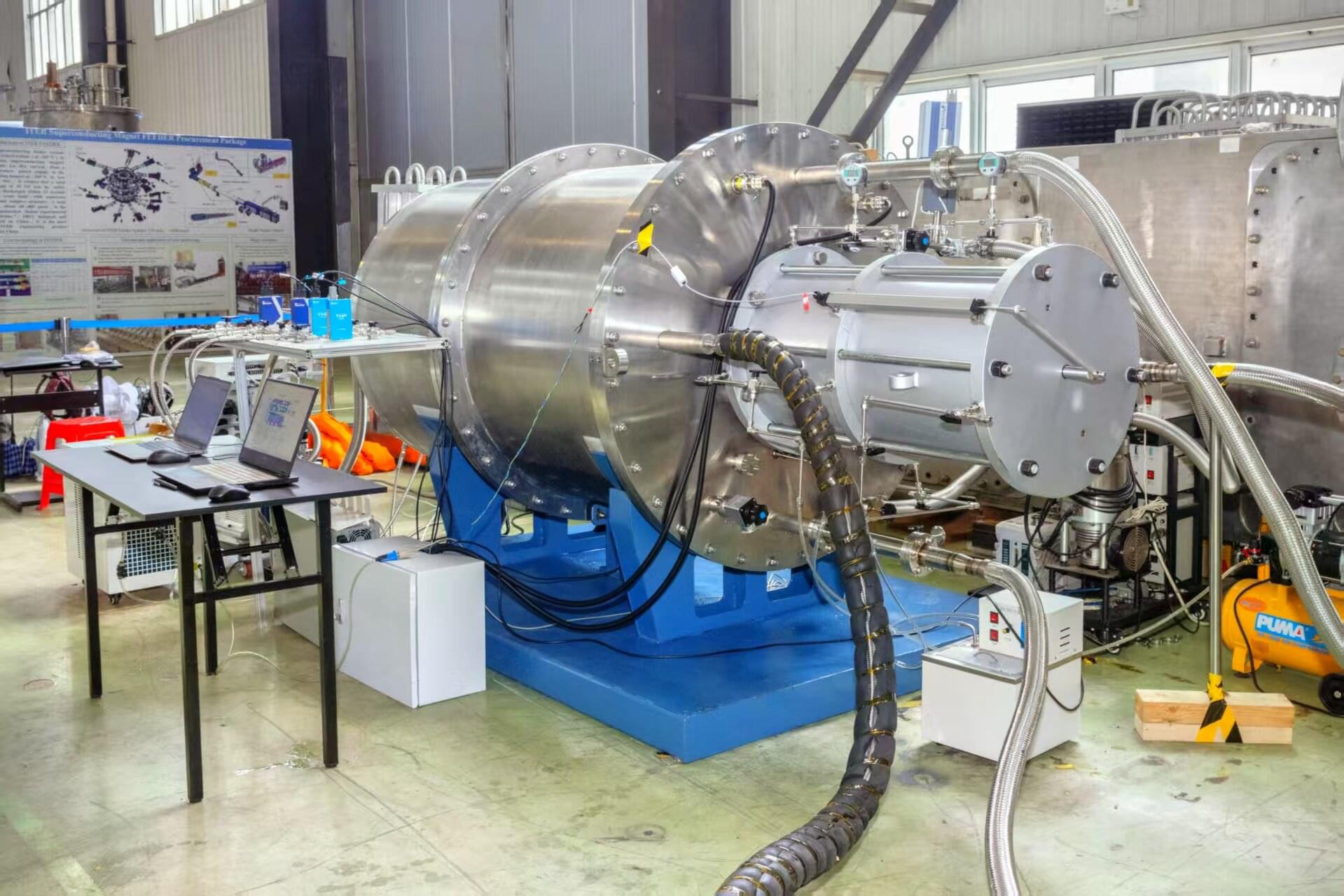The aim of this study was to examine the clinical characteristics of Rathke’s cleft cyst (RCC) with secondary hypophysitis and compare them with the clinical characteristics of common RCC.
This single-center retrospective cohort study included cases of pituitary disease in which endoscopic transnasal surgery was performed from January 2011 to March 2023. Patients with RCC were identified, and secondary hypophysitis was subsequently identified based on pathological and MRI findings. Pathologically, the presence of lymphocytic infiltration into the normal anterior pituitary gland was used as a criterion for determining hypophysitis. On MRI, RCCs showing marked thickening of the cyst wall and pituitary stalk swelling ≥ 3.5 mm were considered as hypophysitis. A comparative study was performed at our institution using retrospectively collected data on RCCs with secondary hypophysitis and common RCCs.
The study included 11 patients with RCC with secondary hypophysitis (median age 36 years) and 95 patients with common RCC (median age 51 years). The proportions of patients with headache (90.9% vs 48.4%, p = 0.009), fever (63.6% vs 1.1%, p < 0.001), panhypopituitarism (90.9% vs 24.2%, p < 0.001), and diabetes insipidus (90.9% vs 21.1%, p < 0.001) were significantly higher in the RCC with secondary hypophysitis group than the common RCC group. Although reaccumulation rates and the time to reaccumulation did not differ between the groups, the operative rate when reaccumulation occurred was significantly higher in patients with RCC with secondary hypophysitis than in those with common RCC (75% vs 13%, p = 0.015).
